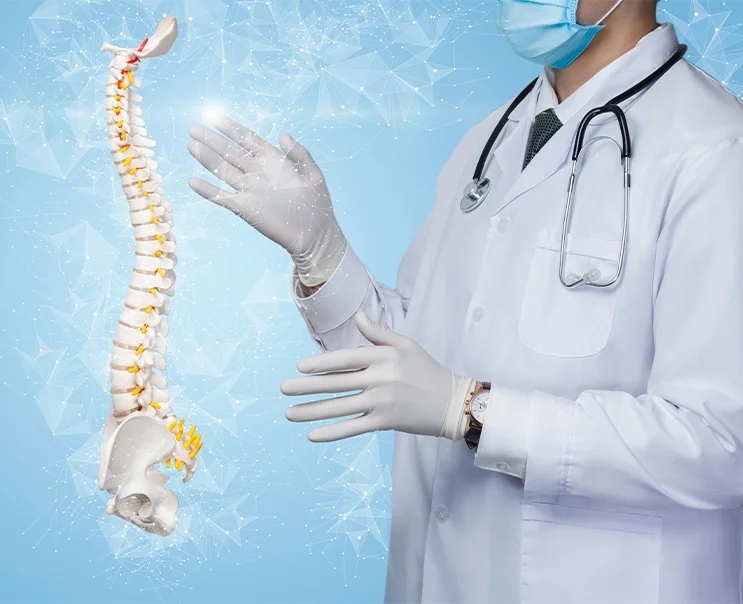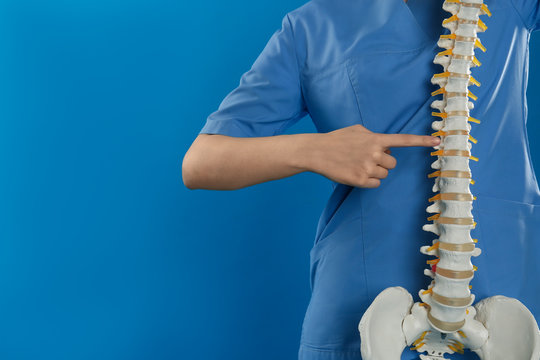Overview
Lumbar stenosis is a condition in which the spinal canal narrows in the lower back or lumbar region, putting pressure on the nerves that pass through it. This narrowing often causes pain, tingling, or numbness in the lower back, legs, or buttocks, and can cause discomfort during walking and other movements. Although lumbar stenosis is more common in older people due to age-related wear and tear, it can affect people of all ages and significantly affect quality of life. Dr Irfan Malik, who is leading the charge against the deadly condition, provides specialist care.







